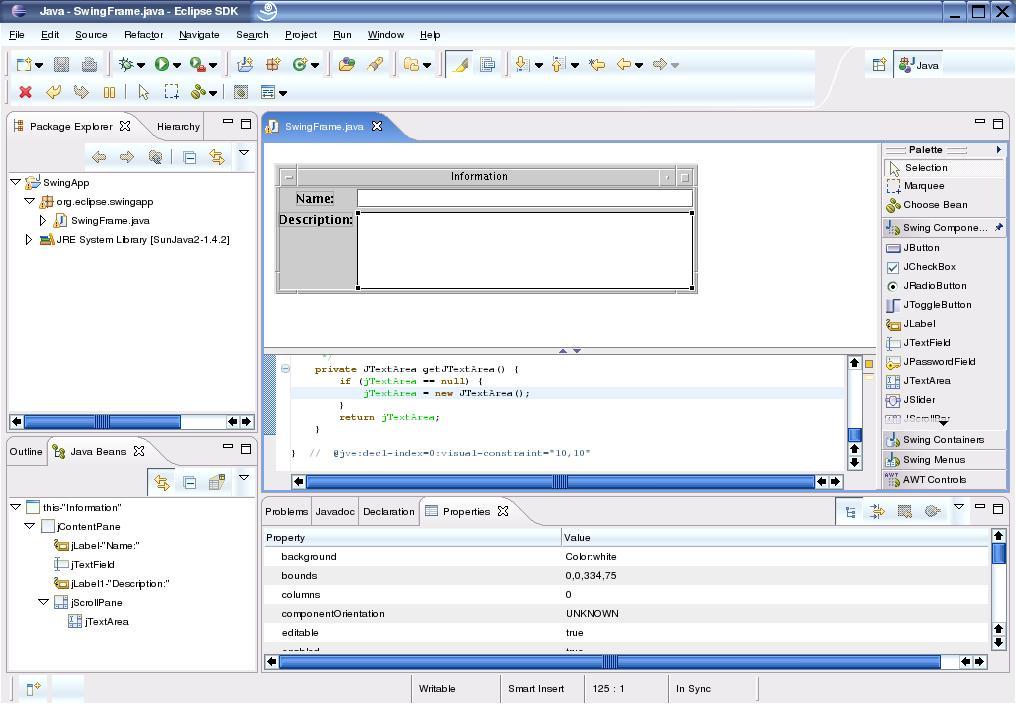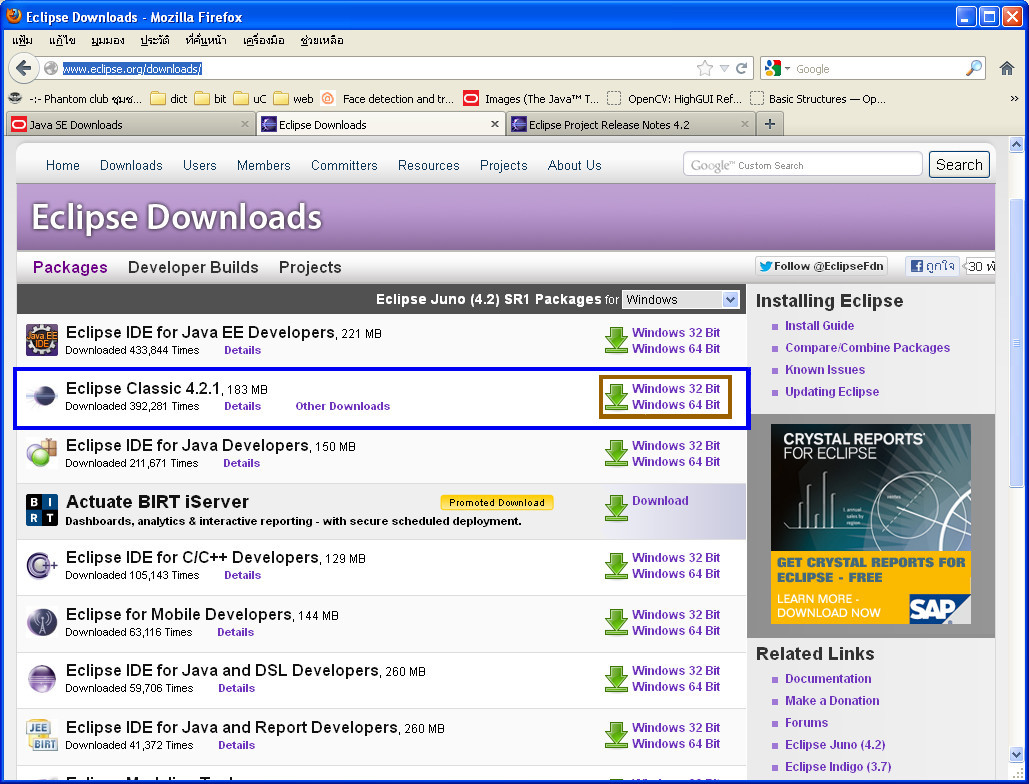
Make sure you choose the one best suited for your needs and proceed with that version. There are several different versions of Eclipse available from the Eclipse downloads page, all with different features and functions. See also: Testing Eclipse for the First TimeĪfter you've installed Eclipse following one of the procedures above, open Eclipse.So how can you install Eclipse in Windows 10? You can do this by either installing OpenJDK Java 7 Runtime from the Ubuntu Software Center, or running the following command in Terminal: Note: If you get an error about Java not installed, make you have Java Virtual Machine installed. (every next time you run Eclipse, just enter eclipse in Terminal): Save your work (CTRL+o) and close Nano (CTRL+x). $ #export MOZILLA_FIVE_HOME="/usr/lib/mozilla/" $ sudo touch /usr/bin/eclipse & sudo chmod 755 /usr/bin/eclipse &sudo nano /usr/bin/eclipse $ sudo chown -R root:root eclipse & sudo chmod -R +r eclipseĬreate an executable in your path, and open the text editor Nano: Change the permissions on the eclipse executable:

Now navigate to the /opt/ folder if you are not there already. After entering the following command into Terminal, you need to enter the root password. Next, move the created eclipse executable to the /opt/ system folder. Open Terminal and navigate to the location where the tar.gz file was saved. The next step is to extract the tar.gz source file. On the third line from the top, that says: Eclipse IDE for Java Developers, click the Linux 32 Bit or Linux 64 Bit link on the right, depending on the type of your system. If you get back: x86_64, then you have a 64-bit system, otherwise, you have 32-bit system. You can accomplish this by opening Terminal, and typing: After this, continue with Testing Eclipse for the First Time below.Ĭheck if your system is 32- or 64-bit. If you wish to use the default workspace (which we recommend), just click OK. To continue projects from earlier sessions, you should enter the same workspace that you used previously.

The workspace is a directory where your work will be stored. You'll be prompted to verify that you want to open Eclipse: click "OK" in the box that pops up.Įach time you run Eclipse, it will ask you for a workspace for this session. Then hold down Control while you click on the Eclipse icon.

If you are using Mac OS X 10.8 (Mountain Lion), you may get a security warning, and if so you'll have to open it manually the first time: open a Finder window, and navigate to the Applications -> eclipse folder.


 0 kommentar(er)
0 kommentar(er)
